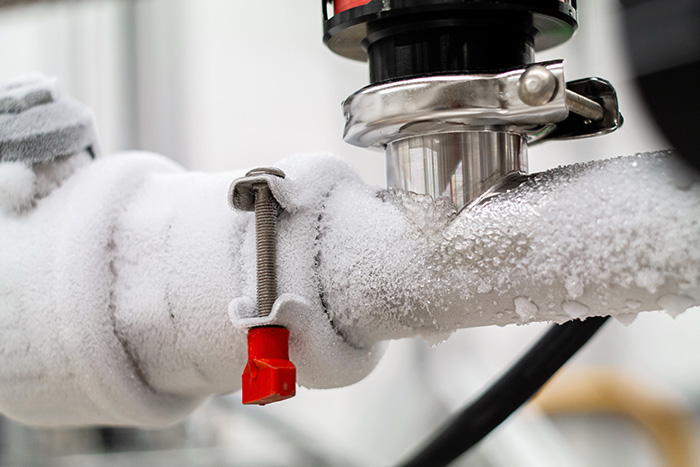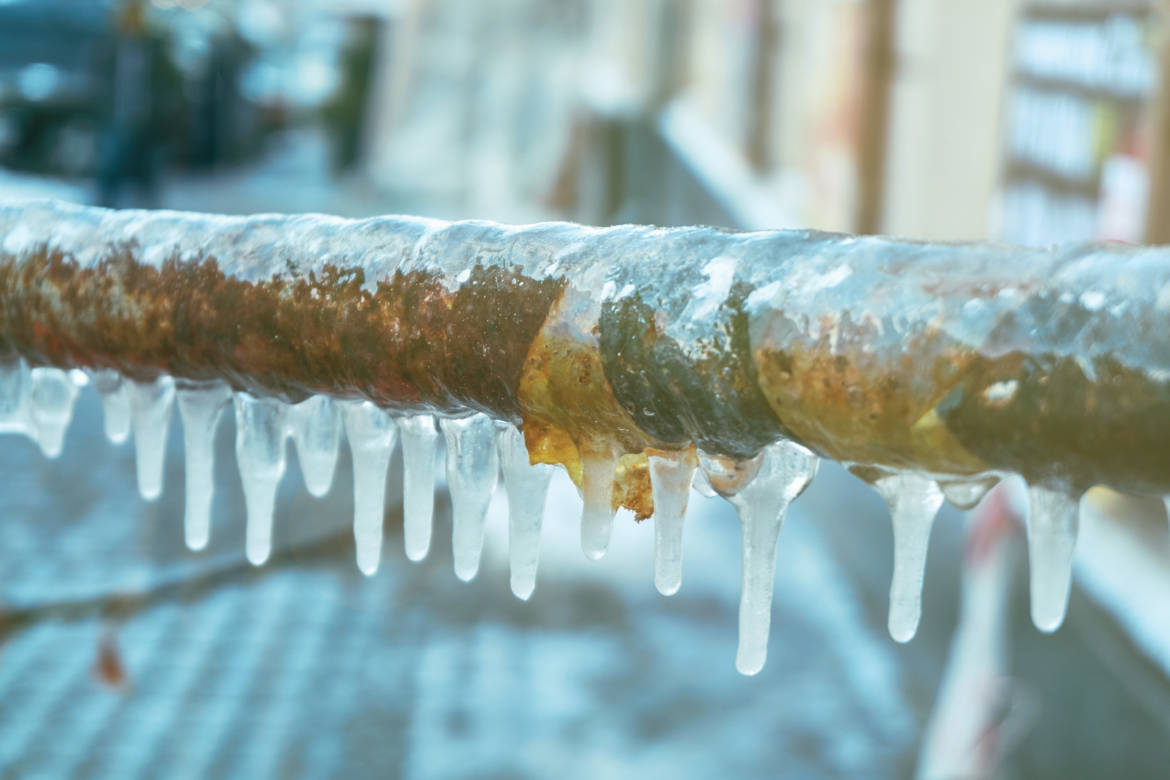Preventing Frozen Plumbing: Best Methods for Cold Weather
Preventing Frozen Plumbing: Best Methods for Cold Weather
Blog Article
What are your thoughts on 6 Ways to Prevent Frozen Pipes?

Winter can ruin your pipes, specifically by freezing pipelines. Right here's exactly how to stop it from occurring and what to do if it does.
Introduction
As temperatures decline, the risk of icy pipes boosts, potentially causing pricey fixings and water damage. Comprehending just how to stop icy pipes is essential for property owners in chilly climates.
Prevention Tips
Insulating susceptible pipelines
Wrap pipes in insulation sleeves or make use of warmth tape to protect them from freezing temperature levels. Concentrate on pipelines in unheated or exterior areas of the home.
Heating strategies
Maintain interior areas effectively heated, particularly areas with plumbing. Open up closet doors to permit cozy air to flow around pipes under sinks.
How to determine frozen pipelines
Try to find lowered water circulation from taps, uncommon odors or noises from pipes, and visible frost on revealed pipelines.
Long-Term Solutions
Architectural adjustments
Take into consideration rerouting pipelines away from outside wall surfaces or unheated locations. Include extra insulation to attics, basements, and crawl spaces.
Upgrading insulation
Purchase high-grade insulation for pipelines, attic rooms, and wall surfaces. Appropriate insulation aids preserve consistent temperature levels and lowers the danger of frozen pipes.
Protecting Outdoor Plumbing
Yard tubes and outdoor faucets
Disconnect and drain yard tubes prior to winter season. Mount frost-proof faucets or cover outdoor taps with protected caps.
Understanding Icy Pipes
What causes pipelines to ice up?
Pipes ice up when exposed to temperature levels below 32 ° F (0 ° C) for expanded periods. As water inside the pipelines freezes, it broadens, taxing the pipe walls and possibly triggering them to break.
Dangers and problems
Icy pipelines can result in water disruptions, property damage, and costly repair services. Ruptured pipes can flood homes and trigger substantial architectural damages.
Indicators of Frozen Pipes
Identifying frozen pipelines early can stop them from breaking.
What to Do If Your Pipelines Freeze
Immediate activities to take
If you believe icy pipelines, maintain faucets open to alleviate pressure as the ice melts. Use a hairdryer or towels taken in hot water to thaw pipes slowly.
Final thought
Avoiding icy pipelines needs proactive steps and fast actions. By comprehending the causes, indications, and preventive measures, homeowners can protect their pipes during cold weather.
5 Ways to Prevent Frozen Pipes
Drain Outdoor Faucets and Disconnect Hoses
First, close the shut-off valve that controls the flow of water in the pipe to your outdoor faucet. Then, head outside to disconnect and drain your hose and open the outdoor faucet to allow the water to completely drain out of the line. Turn off the faucet when done. Finally, head back to the shut-off valve and drain the remaining water inside the pipe into a bucket or container. Additionally, if you have a home irrigation system, you should consider hiring an expert to clear the system of water each year.
Insulate Pipes
One of the best and most cost-effective methods for preventing frozen water pipes is to wrap your pipes with insulation. This is especially important for areas in your home that aren’t exposed to heat, such as an attic. We suggest using foam sleeves, which can typically be found at your local hardware store.
Keep Heat Running at 65
Your pipes are located inside your walls, and the temperature there is much colder than the rest of the house. To prevent your pipes from freezing, The Insurance Information Institute suggests that you keep your home heated to at least 65 degrees, even when traveling. You may want to invest in smart devices that can keep an eye on the temperature in your home while you’re away.
Leave Water Dripping
Moving water — even a small trickle — can prevent ice from forming inside your pipes. When freezing temps are imminent, start a drip of water from all faucets that serve exposed pipes. Leaving a few faucets running will also help relieve pressure inside the pipes and help prevent a rupture if the water inside freezes.
Open Cupboard Doors
Warm your kitchen and bathroom pipes by opening cupboards and vanities. You should also leave your interior doors ajar to help warm air circulate evenly throughout your home.

Hopefully you enjoyed our article about How to prepare your home plumbing for winter weather. Thank you for taking a few minutes to read through our article post. If you appreciated our article kindly don't forget to pass it around. Many thanks for your time. Return soon.
Appointment Report this page